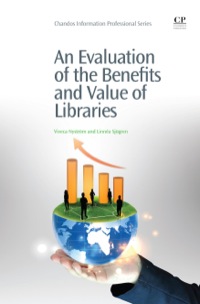Question
Money & Banking In Chapter 12, we learn that banks face several categories of risk. These include: liquidity risk, credit risk, interest rate risk, trading
In Chapter 12, we learn that banks face several categories of risk. These include: liquidity risk, credit risk, interest rate risk, trading risk, cyber risk, foreign exchange risk, and sovereign risk.
Of these risks, which one is not normally associated with the inherent function of commercial banks (and was precluded under the 1933 Glass-Steagall Act up until the 1999 Gramm-Leach-Bliley was enacted)? Why does this risk exist? Should banks be permitted to take this risk? Why or why not? Why was it once prohibited but is now allowed? Construct your answer within the framework and terminology you have learned so far.
Step by Step Solution
There are 3 Steps involved in it
Step: 1

Get Instant Access to Expert-Tailored Solutions
See step-by-step solutions with expert insights and AI powered tools for academic success
Step: 2

Step: 3

Ace Your Homework with AI
Get the answers you need in no time with our AI-driven, step-by-step assistance
Get Started


